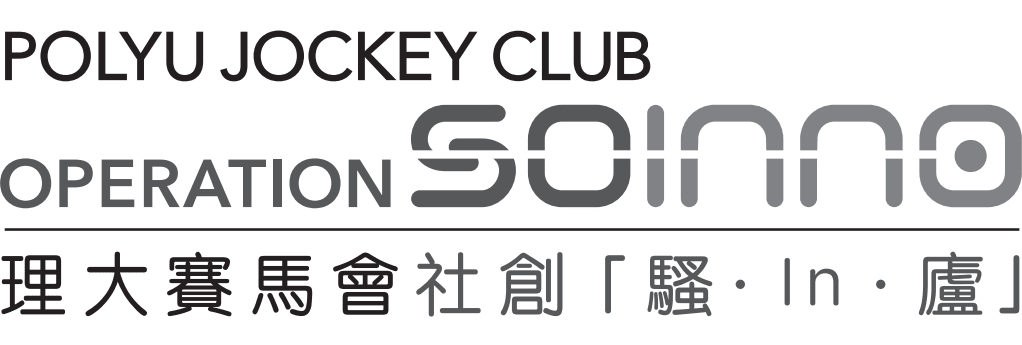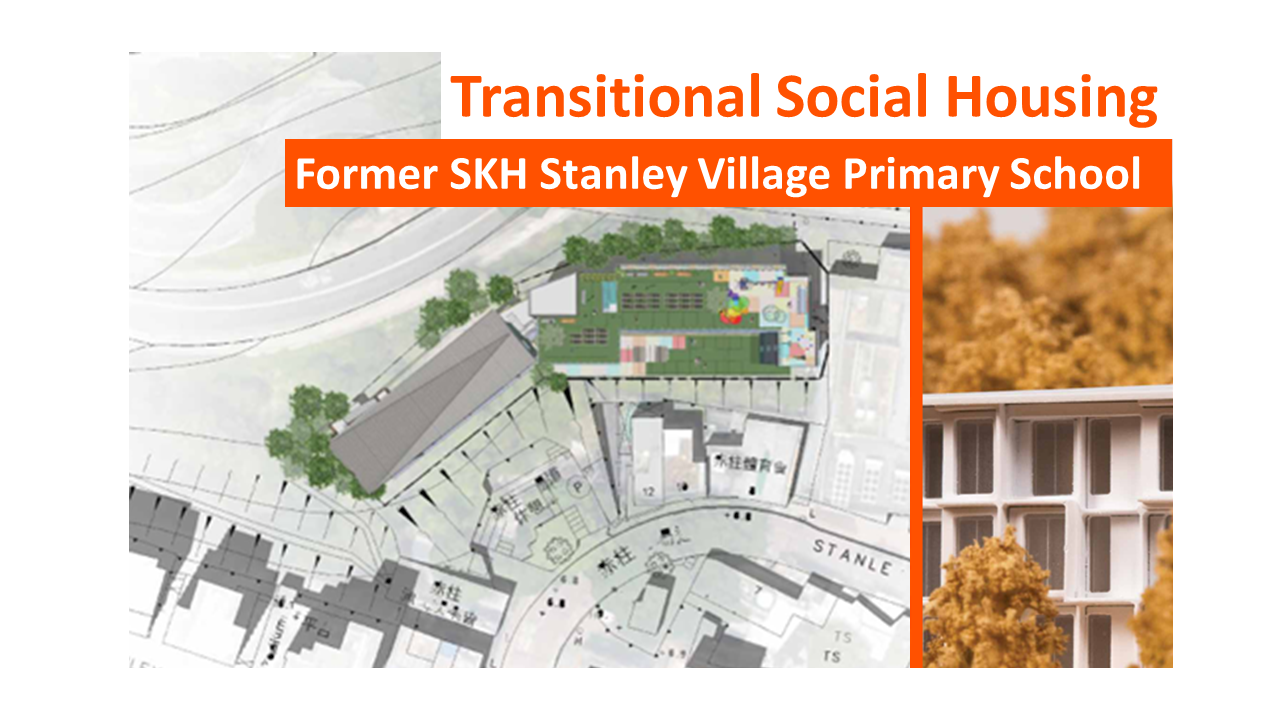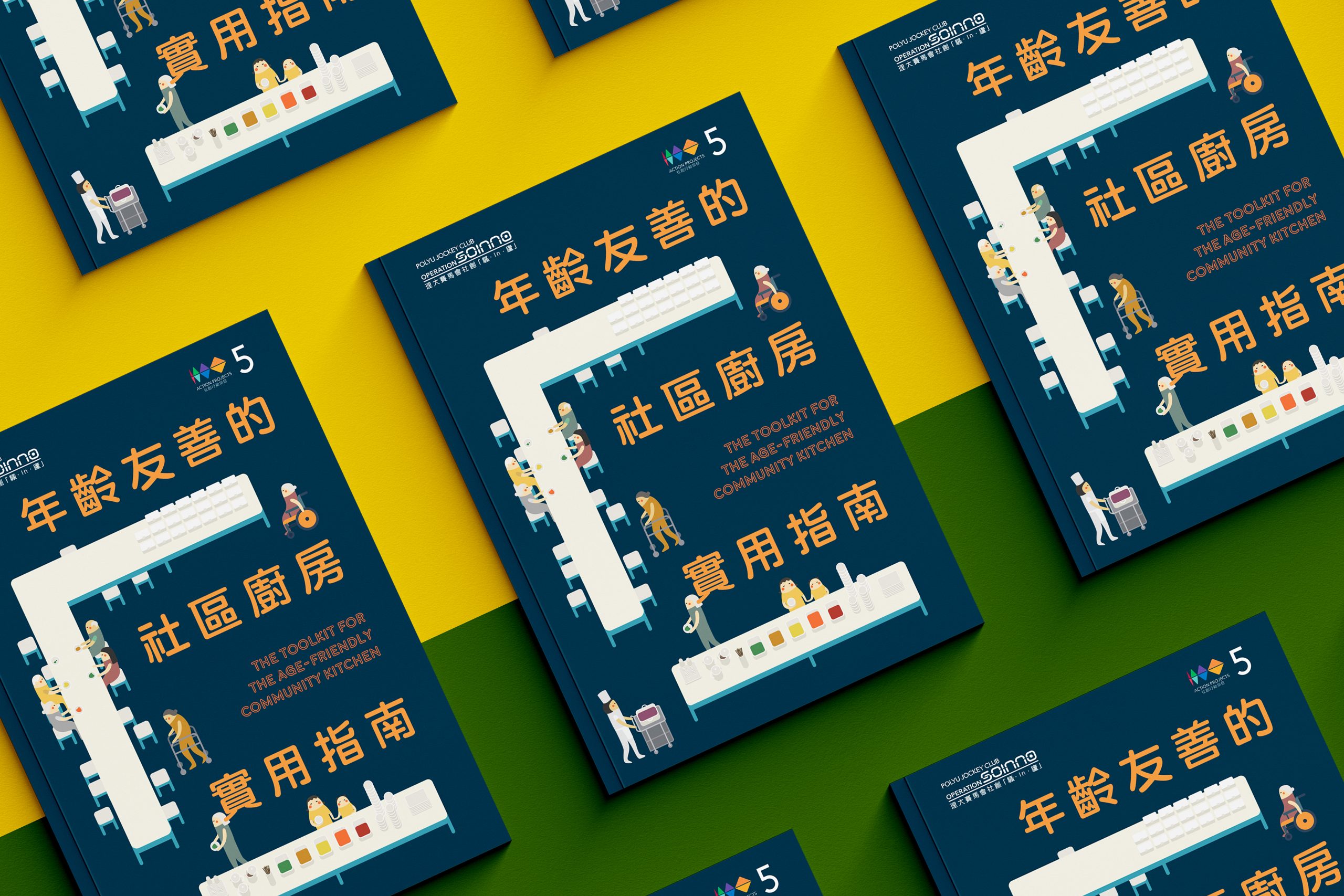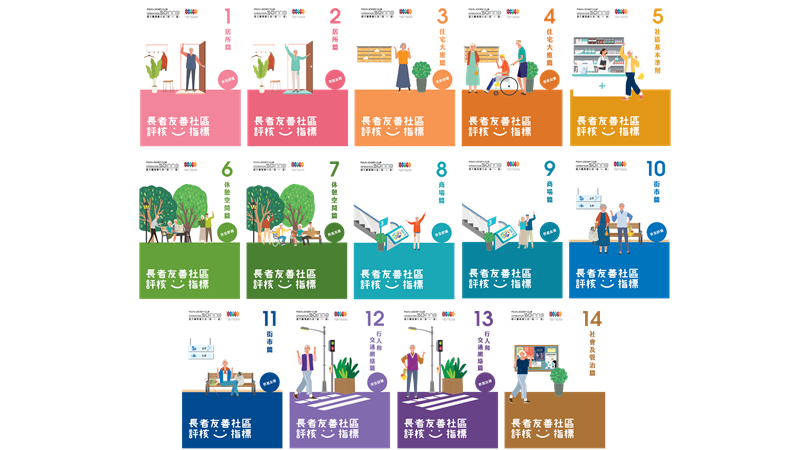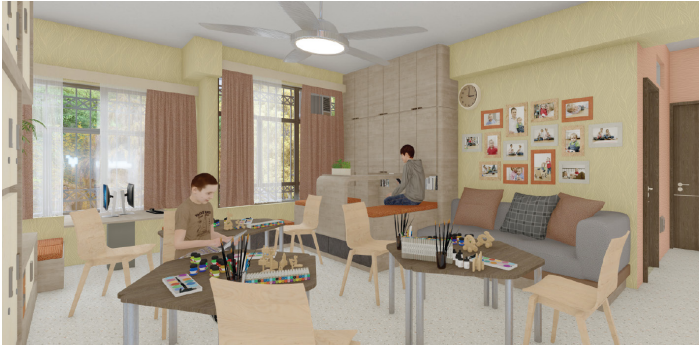OVERVIEW
What can one square meter create? Years ago, a regional organization initiated the “One Square Meter Movement,” encouraging citizens to transform their immediate surroundings proactively. The organizer, Big Fish Community Construction Development Center (abbreviated as “Big Fish Construction”), is rooted in the Xinhua Road neighbourhood of Changning District, Shanghai, a community with nearly 70,000 residents. Between June and November 2021, the team collaborated with residents and artists to launch the “One Square Meter Movement.” Their goal was to inspire residents to propose and execute bottom-up solutions for community improvement, actively participate in community governance, and reshape connections between residents and the community.
THE OUTCOME
Launched at the end of June 2021, the “One Square Meter Movement” received over thirty proposals from various stakeholders in the district. Ten were selected for implementation. Many citizens living or working in the area participated, proposing numerous ideas for spatial transformation. This turned the Xinhua Road neighbourhood into a unique cityscape and a model for other districts. The project aimed to provide participants with hands-on experience in community governance, transforming a tiny one-square-meter space through a three-step process: discovering community needs, initiating action, and seeking community consensus. In doing so, participants clarified community spatial rights and responsibilities, ultimately fostering mutually beneficial relationships. Participatory space construction projects like this can be seen as empowering for residents.
THE PROCESS
Inspiration
The “One Square Meter Movement” emerged from residents’ concern for community issues and their aspirations for a better community. They demonstrated enthusiasm and positivity, not only exhibiting a sense of belonging to the community’s development but also actively participating in tangible actions to change their surroundings and improve the overall spatial region. During the initiative, various community stakeholders played their roles: the official authorities and governing bodies, as advocates, collected proposals from the public. They facilitated connections between artists and residents, assisting them in transforming the community into a stage that showcases a sense of belonging, with each individual contributing to the community in their way. With years of experience in community development, Big Fish Construction firmly believes that residents in every locality have the right and capability to participate in transforming their community’s environment. Through the concept of “Everyone can create” and “Everyone can participate” in the form of “micro-public art,” they aim to connect the neighbours living in the community, fostering discussions on the public values of the community and neighbourhood. This is the essence of the “One Square Meter Initiative.”
Concept
The “One Square Meter Initiative” aims to involve local residents in improving the community environment. Therefore, it is crucial to understand the issues they care about and identify interested individuals. Without any preconditions, Big Fish Construction conducted two test flash mobs, One involved placing one-square-meter grids made of fluorescent tape on bustling commercial streets, with the phrase “This one square meter belongs to you at this moment” written inside the grids. They observed passersby’s reactions and engaged in conversations to understand their thoughts on ideal communities. Additionally, the team creatively modified bicycles with promotional materials and roamed around the community, actively collecting suggestions from local residents on improving the area’s environment.

Implementation
Considering that artists and residents are two key constituents of the “One Square Meter Initiative,” Big Fish Construction approached the project from both these perspectives. Firstly, they invited local and external artists, along with event planners, to host a roundtable salon titled “What is Community Art,” aiming to stimulate participants’ imagination. Once the roles of art mentors were established, they proceeded to establish the “Xinhua Community Art Service Society” and recruited artists and designers interested in the project’s planning.
On the side of local residents, the team employed both online and offline approaches to gathering community improvement proposals in the Xinhua Street neighbourhood. They received dozens of applications, out of which thirty were relevant to the theme. After organizing the ideas from citizens, they identified three directions for environmental improvement in the Xinhua Street neighbourhood: “Child-Friendly,” “Beautification of Spaces,” and “Local Culture.”
Subsequently, the team invited the proposers to explore the streets together with the artists, engaging in mutual communication. With the consent of relevant stakeholders, these proposals became official plans. Due to the involvement of location responsibilities and boundary issues, the process was not without challenges. In the end, ten proposals successfully materialized, bringing a fresh vibrancy to the appearance of the Xinhua Road neighbourhood.

Method Name: Comprehensive Community Participation Development Path
The entire process of community participatory development emphasizes the involvement of “everyone,” which includes all community members, be it the government, residents, businesses, tenants, or workers. Each stage allows for initiating discussions and raising issues. “Consensus among everyone” refers to proposals gaining the agreement of other community members, where projects or actions require discussions among different stakeholders to reach a consensus based on the common vision for community development. “Multilateral collaboration” involves stakeholders pooling resources, recruiting manpower, and jointly constructing projects under a shared vision. “Shared operation” entails everyone working together to maintain and share the outcomes, ensuring the sustainability of the community’s vitality. Through this cycle, the community is empowered to spiral upwards.

Reference (only Chinese version is available):
- The presentation entitled “Inclusive Community Practice in Shanghai in the Post-Epidemic Era” for the Social Innovation Regional Forum (SIRF) 2023, Ms ZHU Dan (Project Director, Bigfish Community Design Center) (Click here for full video)
- Empowering Community through “Art” – Two Action Project Examples in the Xinhua Road Community in Shanghai https://mp.weixin.qq.com/s/lE0qgwnZM-6Nl_uGSMEuxw
